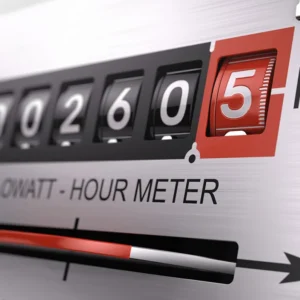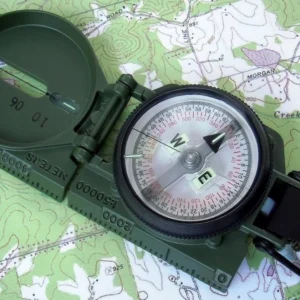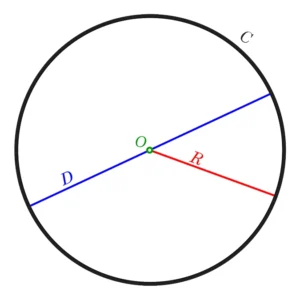The ability to calculate percentages is one of the essential skills you’ll use frequently in everyday life. Discounts in stores are often expressed in percent values. In the bank, payments for loans or deposits are also based on this. Buying a discounted item? Looking to earn on deposits or investments? Percent values are everywhere. So knowing how to calculate them is essential for everyone.
What Is a Percentage?
A percentage, or percent, is one-hundredth of a number, denoted by the symbol %. A whole number is considered 100%. To find 1% of any number, you simply divide it by 100. And how do you calculate, for example, 2%? Very simple – multiply 1% by 2.
Percent values are used in many areas of life. In economics, percentages are employed to calculate inflation rates and interest rates. In finance, they are used to assess investments and loans. Even in everyday purchases, we constantly encounter the concept of percentages – whether buying items on sale or calculating taxes.
How to Calculate a Percentage of a Number – Formula
To calculate a percent of a number, divide the number by 100 and multiply by the percent value. As a formula, this can be written as:
Percent of a number = (number/100) * percent value
Let’s consider an example: you want to know what 20% of $500 is. First, divide 500 by 100 to get 5. Then multiply 5 by 20%, which gives you 100. That’s 20% of $500. If you see a price tag of $500 with a 20% discount, it means you’ll only pay $400. To do this, subtract 20% (or $100) from $500 to get $400.
Another simple method for calculating a percentage of a number is converting the percent into a decimal. Divide 20% by 100 to get 0.2. Now, multiply the number you’re working with, in this case $500, by 0.2, and you’ll get the same result – 100.
As a formula, this can be written as:
Percent of a number = number * (percentage / 100)
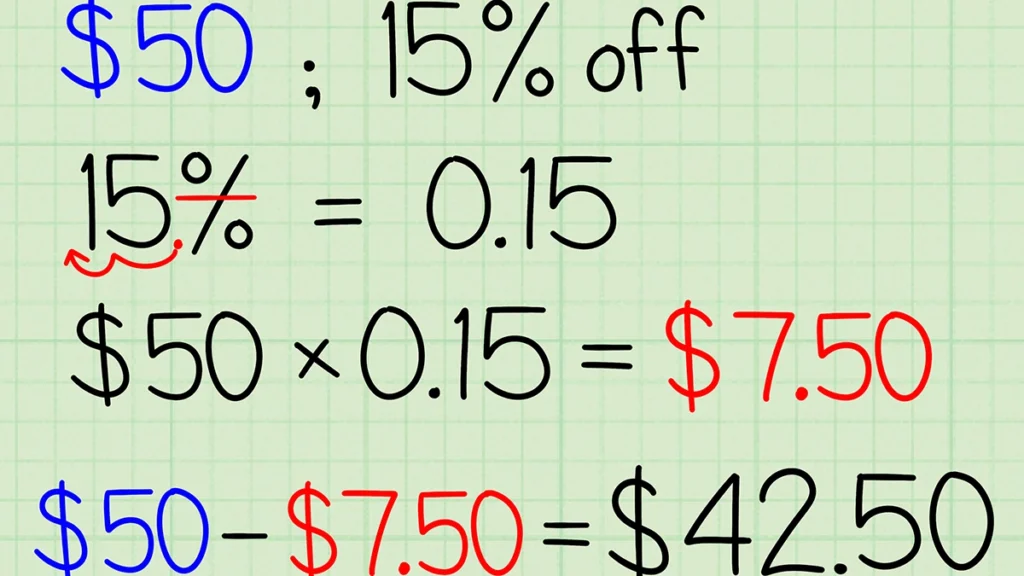
How to Calculate a Percentage Using a Calculator
Doing large calculations mentally is quite difficult. It’s better to use a calculator. Here’s how to calculate a percentage using a calculator. It’s simple. Follow these steps:
- Enter the initial number, for example, 500.
- Press the multiplication button (×).
- Enter your percent in decimal form. To do this, divide it by 100. For example, write 20% as 0.2.
- Press the equals button (=).
This is one of the easiest ways to calculate a percentage.
How to Calculate a Percentage in Excel
Excel is one of the most convenient tools for calculations. Here’s how to calculate a percentage in Excel. Follow this step-by-step guide:
- Enter the number from which you want to calculate the percentage in a cell (e.g., A1 = 500).
- In the next cell, enter the percent value (e.g., B1 = 20).
- In the cell where you want to see the result, enter the formula: =A1/100B1, or =B1/100A1.
- Press Enter.
Excel will automatically perform the calculations and display the result. If you’re working with a large number of different values, this is the best solution. Additionally, in Excel, all values can be saved for future use.
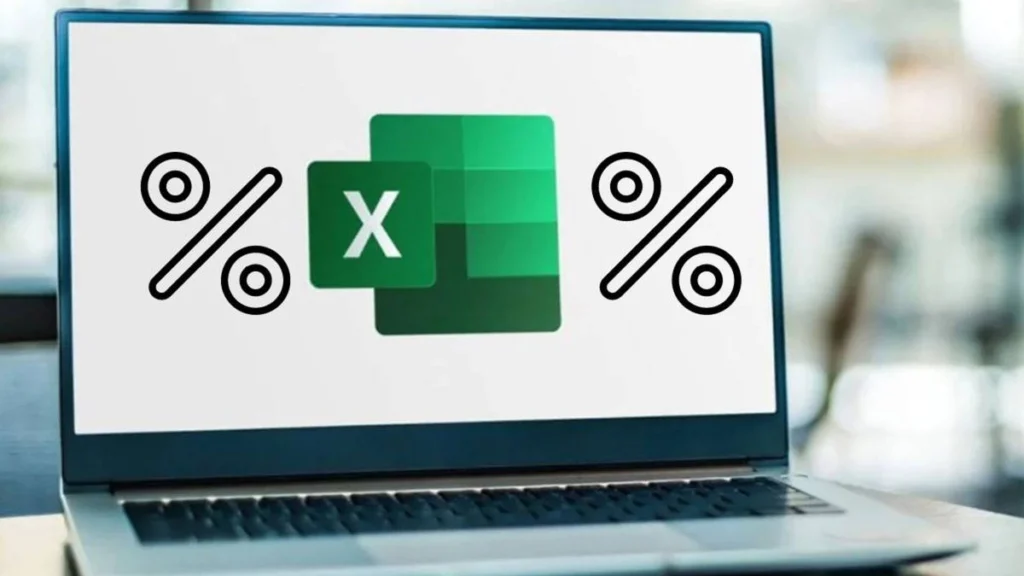
Quick Methods for Percent Calculation
There are a few quick calculation methods for mental math, which can be helpful when you don’t have a calculator handy:
- 10%: To find 10% of a number, simply divide it by 10. For example, 10% of 300 is 30.
- 5%: First calculate 10% (divide by 10), then divide that number by 2. For example, 5% of 300 is 15.
- 50%: This is half of the number. For example, 50% of 600 is 300.
- 25%: Divide the number by 4. For example, 25% of 400 is 100.
These simple approaches can save you time and help you quickly calculate percent values without complex calculations.
How to Calculate a Price Increase?
We’ve already discussed discounts. But there’s another situation – price increases. We often hear the phrase, “Prices have risen by a certain percentage.” What does that mean? How can you figure out how much something costs now compared to before? Let’s go back to our item, which costs $500. You heard that next week it will cost 10% more. How much is that?
500 * 0.1 = 50 – this is 10% of the price. If the price goes up, next week our item will cost 500 + 50 = $550.
Another example: you heard that the item’s price has already increased by 15%. How much did it cost before?
500 * 0.15 = 75 – this is 15% of the price. So, the item was cheaper before, meaning it cost 500 – 75 = $425 before the price increase.
And one more important example: Yesterday, the item cost $500, but today it’s already 525. How do you calculate the price increase? 500/100 = 5 – this is 1%. 525 – 500 = 25, so the item became $25 more expensive. 25/5 = 5%, meaning the price increased by 5%.
How to Calculate a Percentage of a Number – Video
For a better understanding of how to calculate a percentage of a number and to see practical examples, watch this video:
Conclusion
Now you know the easiest and quickest ways to calculate percentages of a number. Use simple formulas, calculators, or Excel, and you’ll be able to quickly make calculations. Moreover, by knowing quick mental methods, you can compute percentages even without extra tools. This will definitely come in handy during shopping.
FAQs About Percentage
It’s one-hundredth of a number.
Divide the number by 100 and multiply by the percent value.
It’s handy in stores during sales, when calculating loan or deposit payments, and when determining fines.










